
The Beauty of Jewelry Patterns
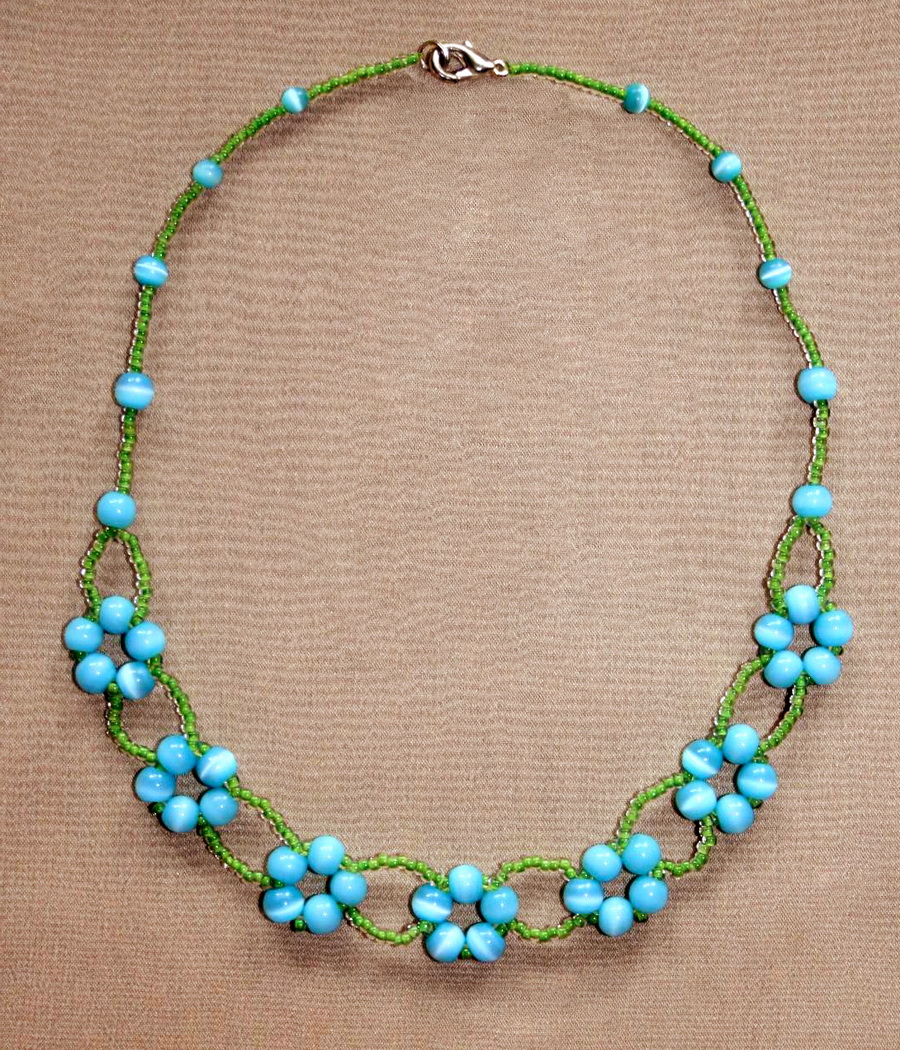
Jewelry patterns are an important aspect of the jewelry-making process. They serve as a guide for jewelers to create beautiful pieces of wearable art. These patterns can range from simple and elegant designs to intricate and complex patterns that require a high level of skill and precision. Regardless of the complexity, jewelry patterns are essential in creating unique and eye-catching jewelry that can be treasured for a lifetime.
Types of Jewelry Patterns

There are various types of jewelry patterns that cater to different styles and preferences. Some popular types include:
1. Geometric Patterns

Geometric patterns involve the use of shapes such as circles, squares, triangles, and rectangles to create visually appealing designs. These patterns are often symmetrical and can be seen in earrings, pendants, and bracelets.
2. Floral Patterns
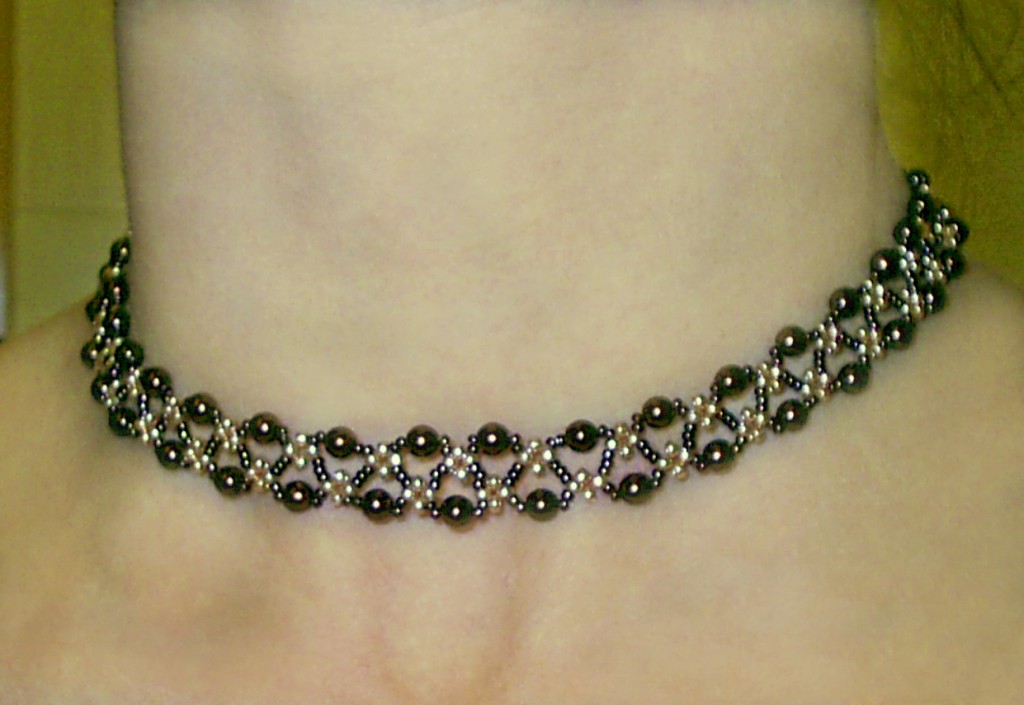
Floral patterns are inspired by nature and feature intricate designs of flowers, leaves, and vines. These patterns are commonly found in rings, brooches, and necklaces, adding a touch of elegance and femininity to the jewelry.
3. Filigree Patterns

Filigree patterns involve the use of delicate and intricate metalwork to create lacy and ornamental designs. This technique is often used in earrings, bracelets, and pendants, adding an exquisite and delicate touch to the jewelry.
4. Celtic Patterns

Celtic patterns are known for their intricate knotwork and symbolism. These patterns are commonly seen in rings, necklaces, and bracelets and are often associated with Irish and Scottish heritage.
The Importance of Jewelry Patterns
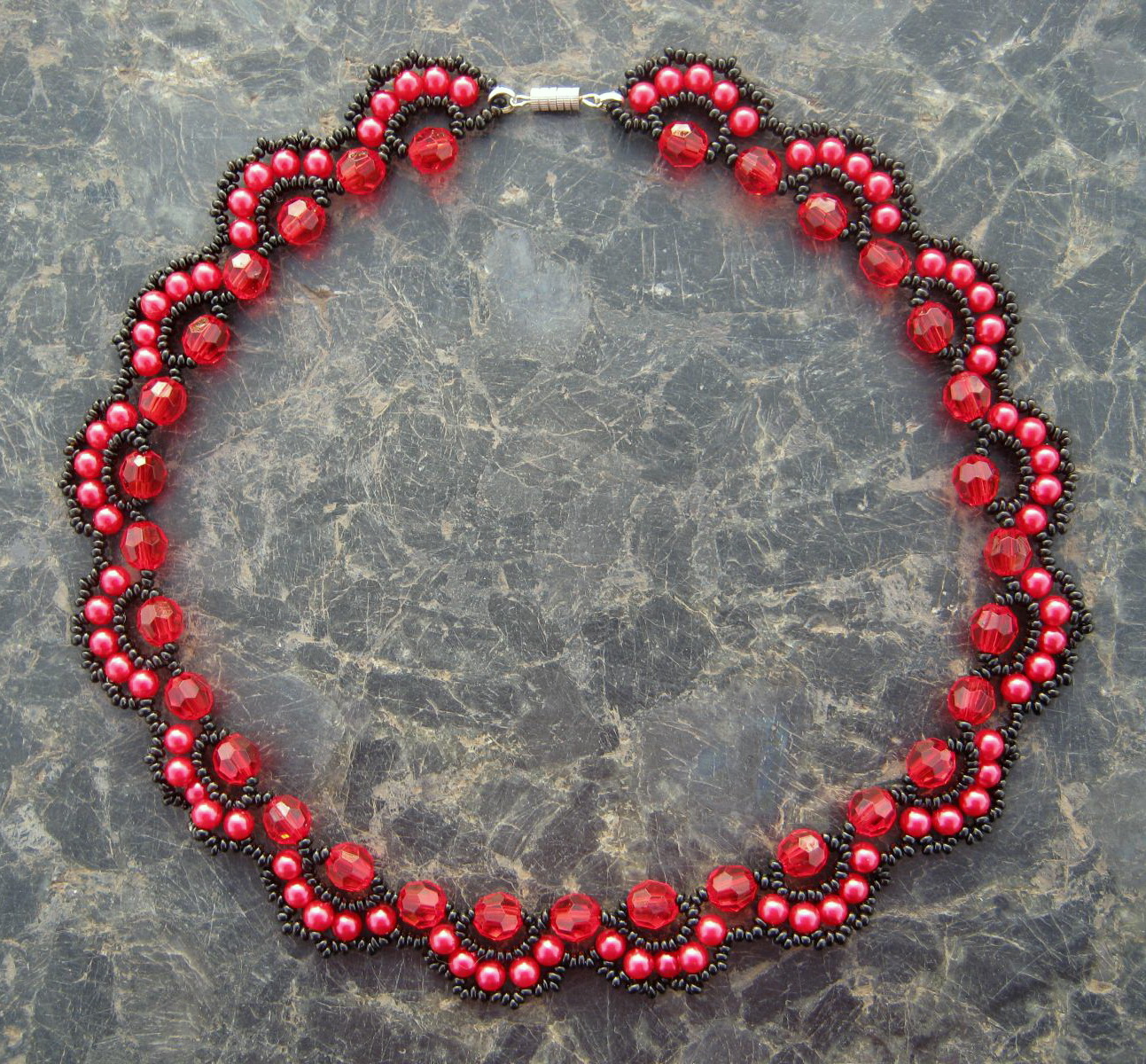
Jewelry patterns play a crucial role in the jewelry-making process. They provide a blueprint for the jeweler, guiding them through the creation of each piece. Here are some reasons why jewelry patterns are important:
1. Consistency
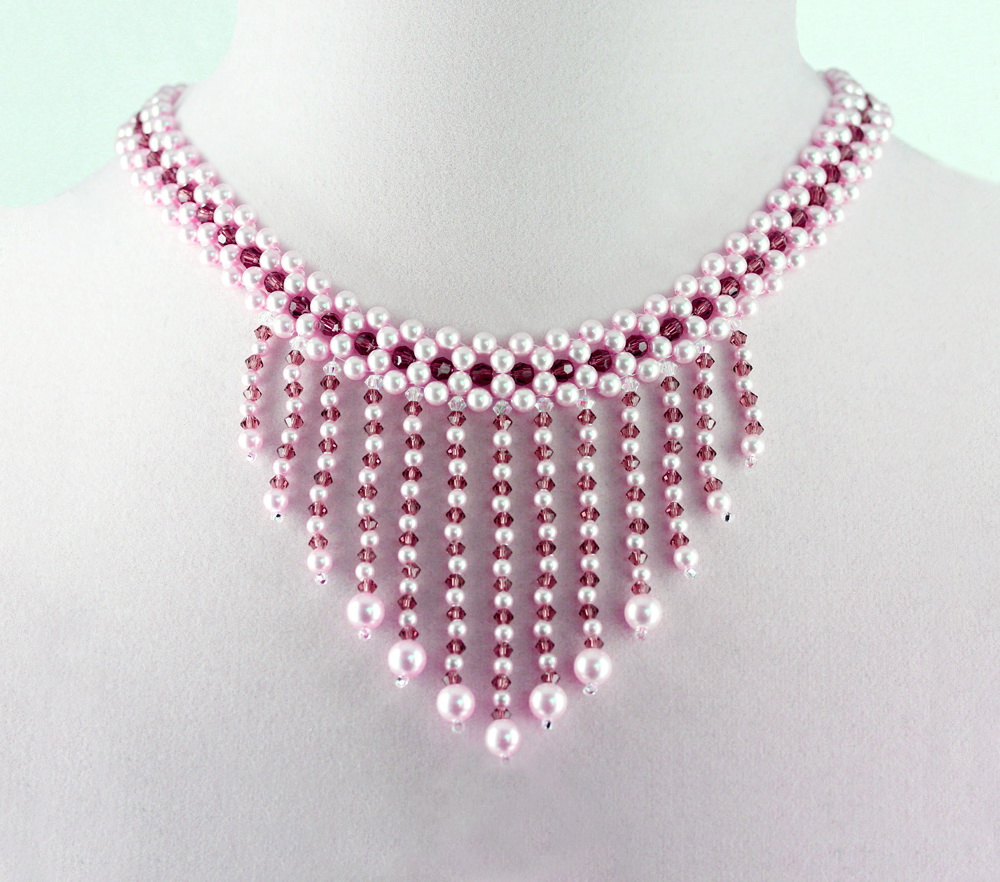
Jewelry patterns ensure consistency in design and quality. By following a pattern, jewelers can recreate the same design multiple times, ensuring that each piece is identical and meets the desired standards.
2. Creativity
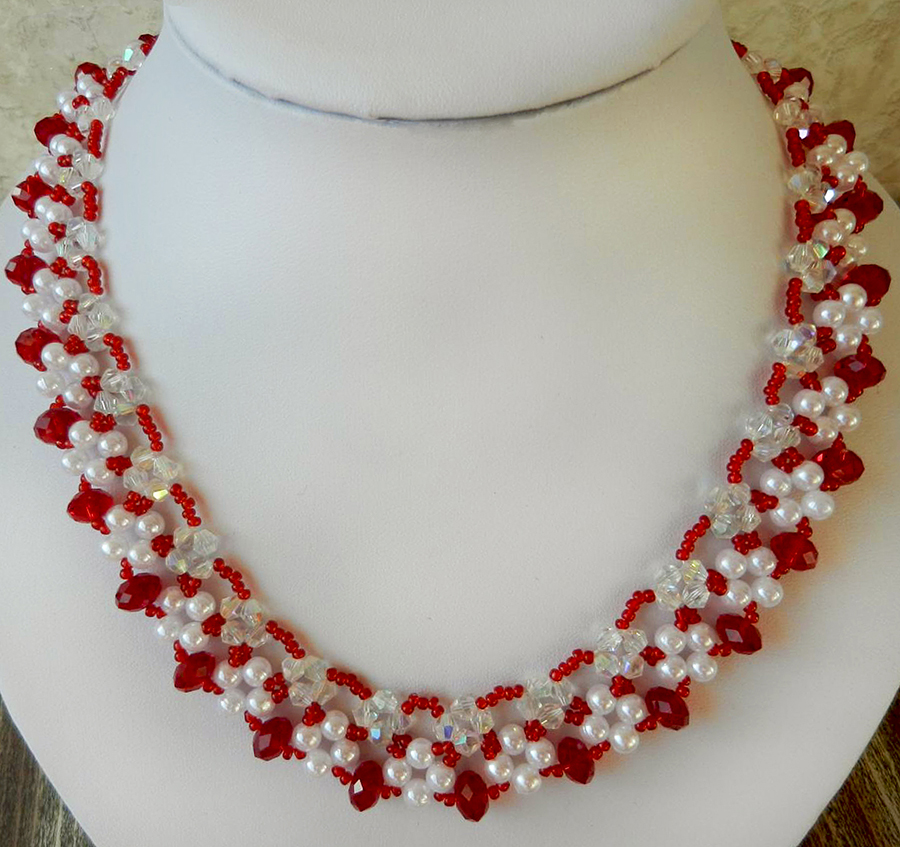
Jewelry patterns provide a foundation for creativity. While following a pattern, jewelers can experiment with different materials, colors, and variations, allowing them to create unique and innovative designs.
3. Efficiency
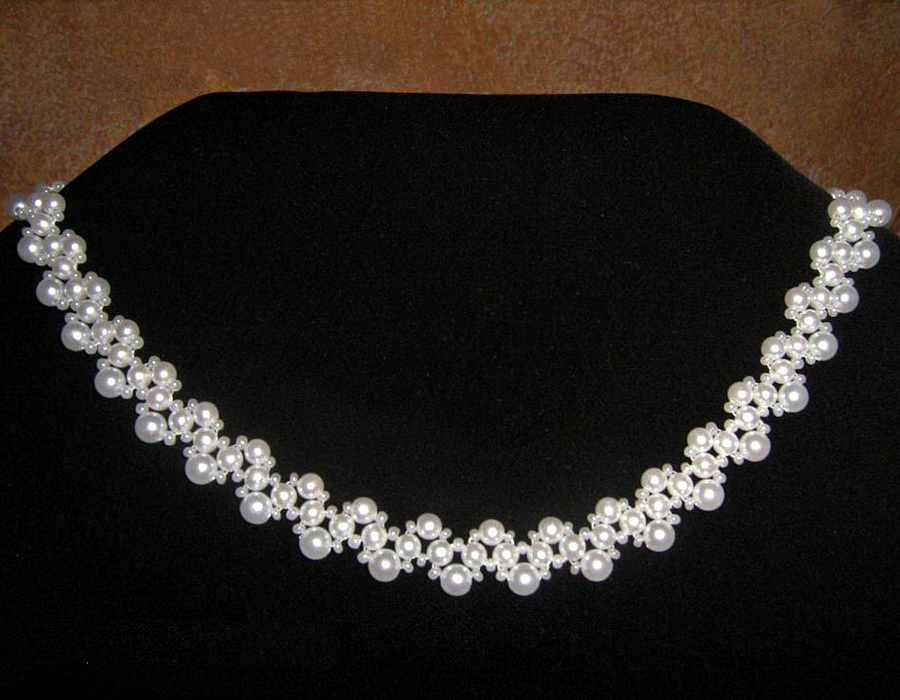
By using jewelry patterns, jewelers can work more efficiently. The patterns serve as a guide, reducing the time spent on planning and improvisation. This allows jewelers to focus on the craftsmanship and produce pieces in a timely manner.
Creating and Using Jewelry Patterns
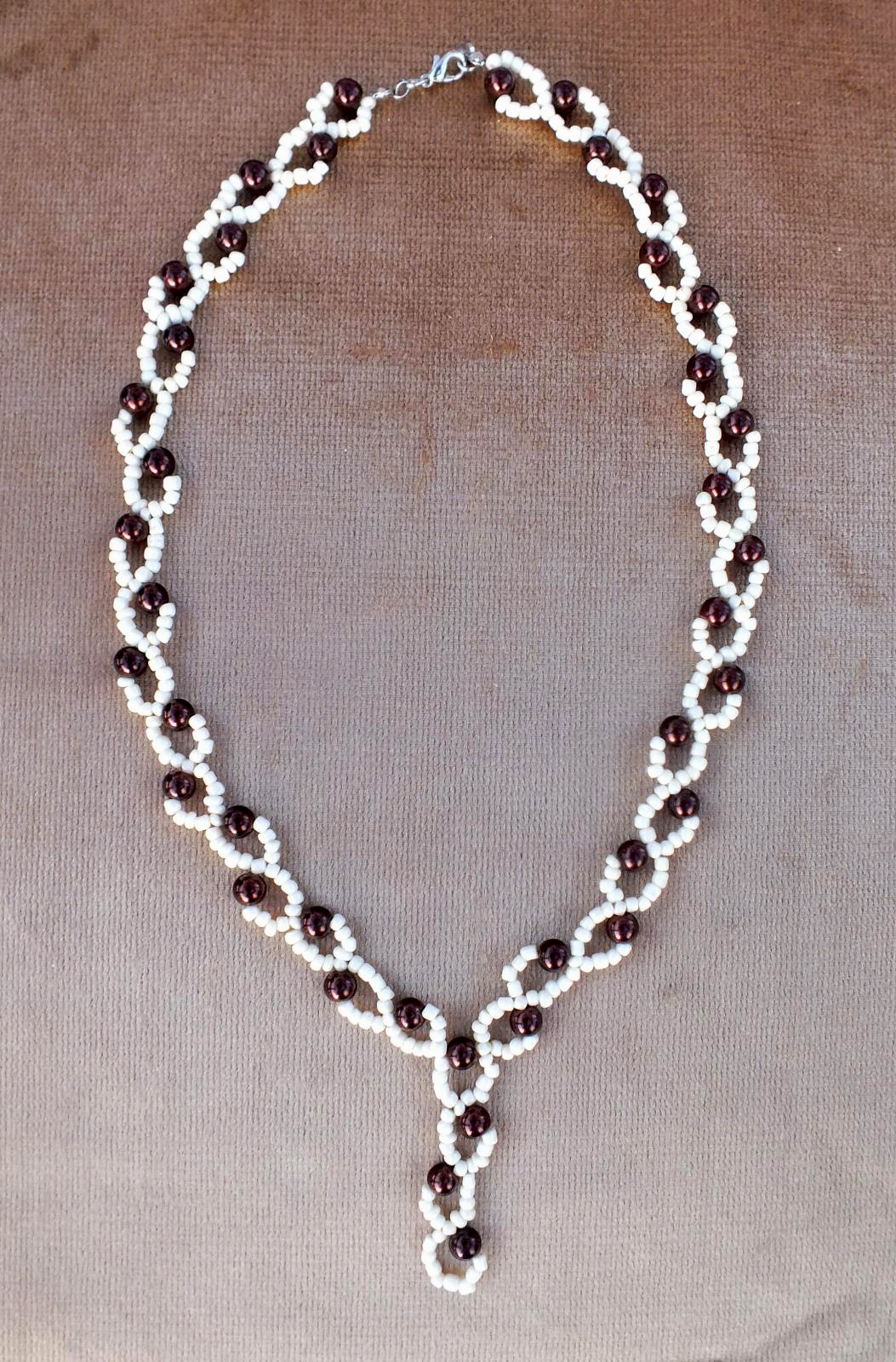
Creating jewelry patterns requires a combination of artistic skills and technical knowledge. Here are some steps to create and use jewelry patterns:
1. Design Concept

Start by brainstorming and sketching your design concept. Consider the type of jewelry, materials, and style you want to incorporate into your pattern. This step is crucial in bringing your vision to life.
2. Measurements and Proportions
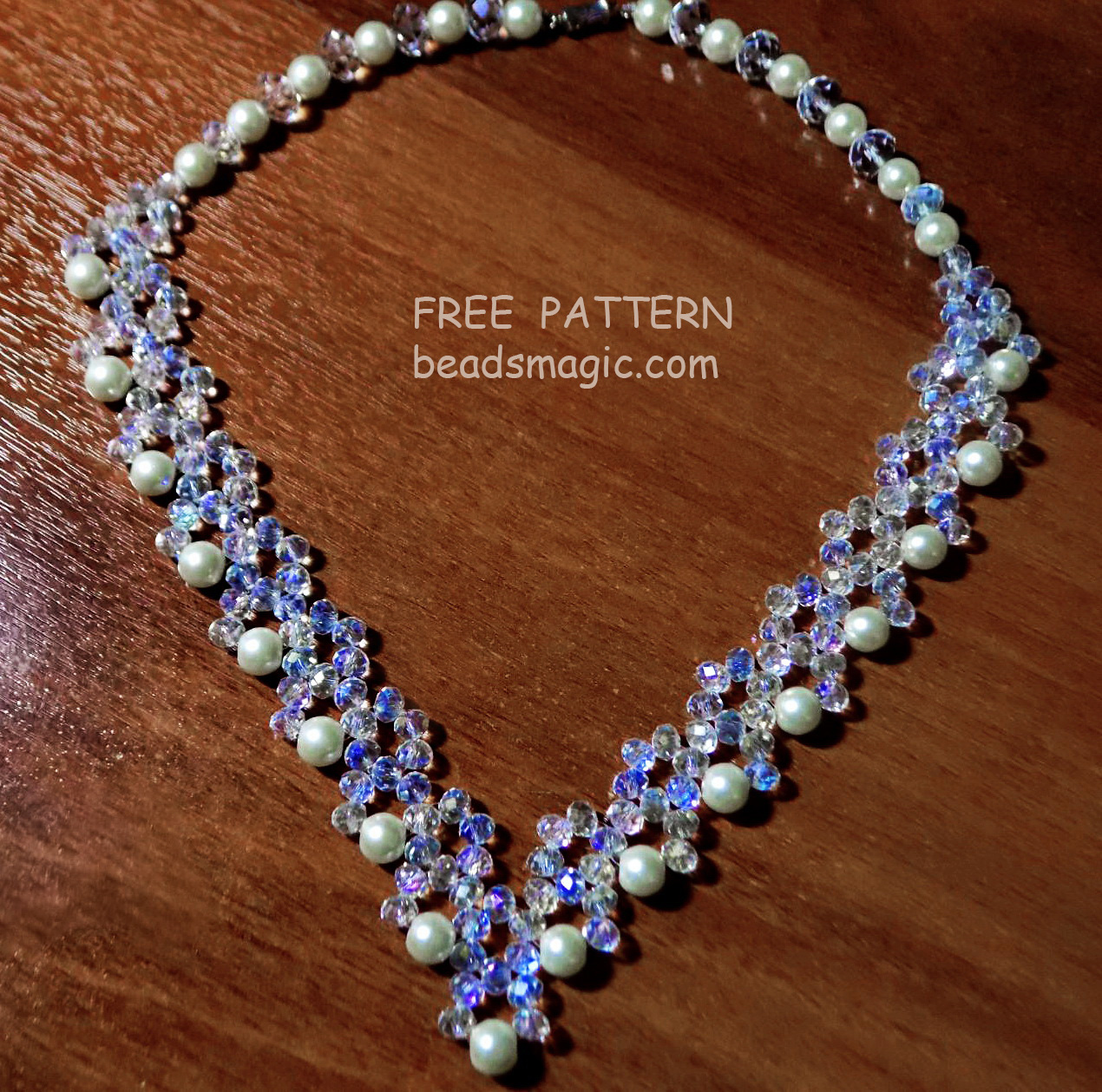
Take accurate measurements and determine the proportions of your jewelry piece. This will help you create a pattern that fits the desired size and shape of the final product.
3. Drafting the Pattern
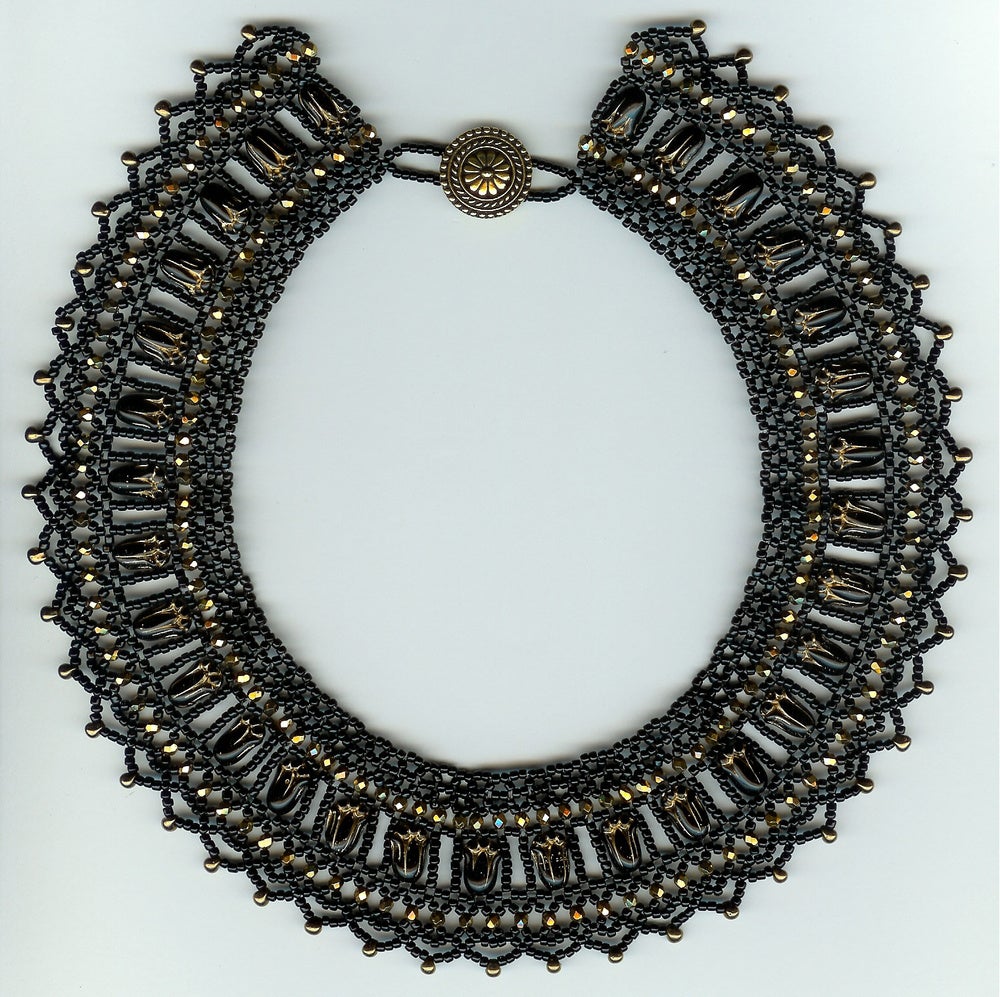
Using drafting tools such as rulers, compasses, and protractors, transfer your design concept onto paper or use computer-aided design (CAD) software to create a digital pattern. Pay attention to details and ensure that your pattern is clear and precise.
4. Testing and Refining

Before using the pattern for production, test it by creating a prototype. This will allow you to identify any flaws or areas for improvement. Make necessary adjustments and refinements to ensure the pattern produces the desired results.
5. Transferring the Pattern
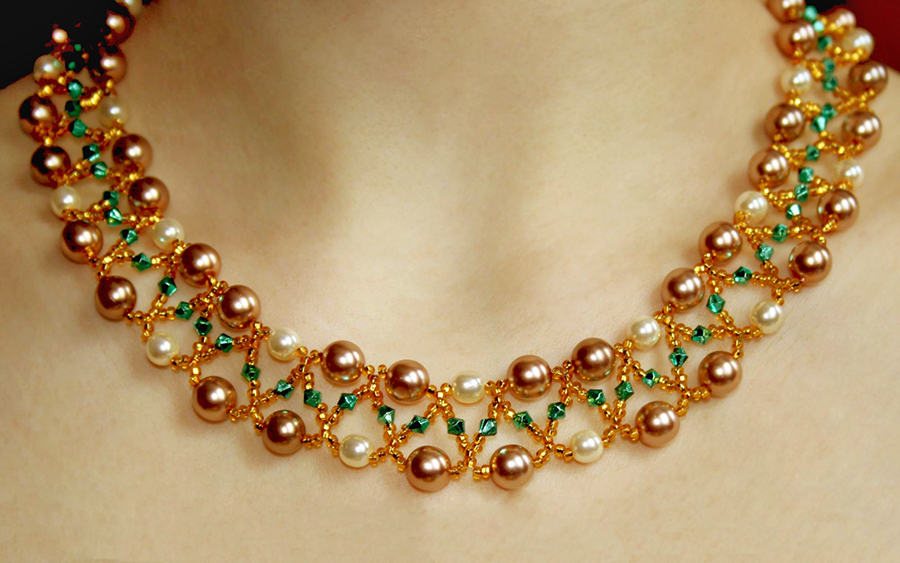
Once you have a finalized pattern, transfer it onto the material you will be working with, such as metal or wax. This can be done using tracing paper, carbon paper, or by engraving directly onto the material.
6. Using the Pattern
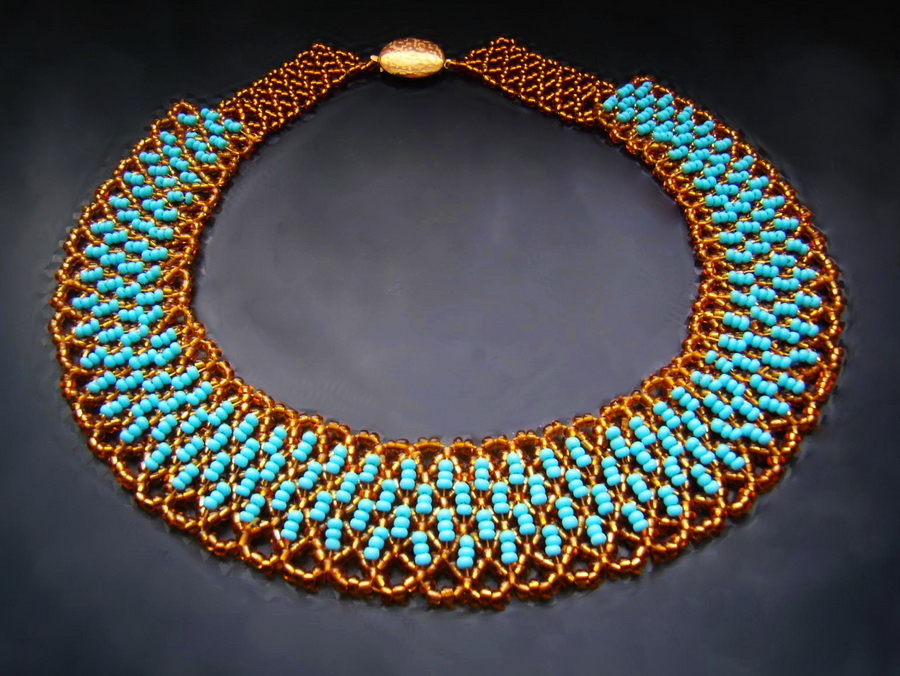
Follow the pattern as a guide to shape, cut, and assemble the jewelry components. Pay attention to the details and make sure to execute each step with precision. This will ensure that the final piece reflects your intended design.
Conclusion
Jewelry patterns are an essential part of the jewelry-making process. They provide a roadmap for jewelers to create stunning and unique pieces of jewelry. From geometric to floral, filigree to Celtic, the variety of patterns allows for endless creativity and customization. By following patterns, jewelers can ensure consistency, unleash their creativity, and work more efficiently. So, whether you are a jewelry enthusiast or a professional jeweler, understanding and utilizing jewelry patterns can elevate your craftsmanship to new heights.